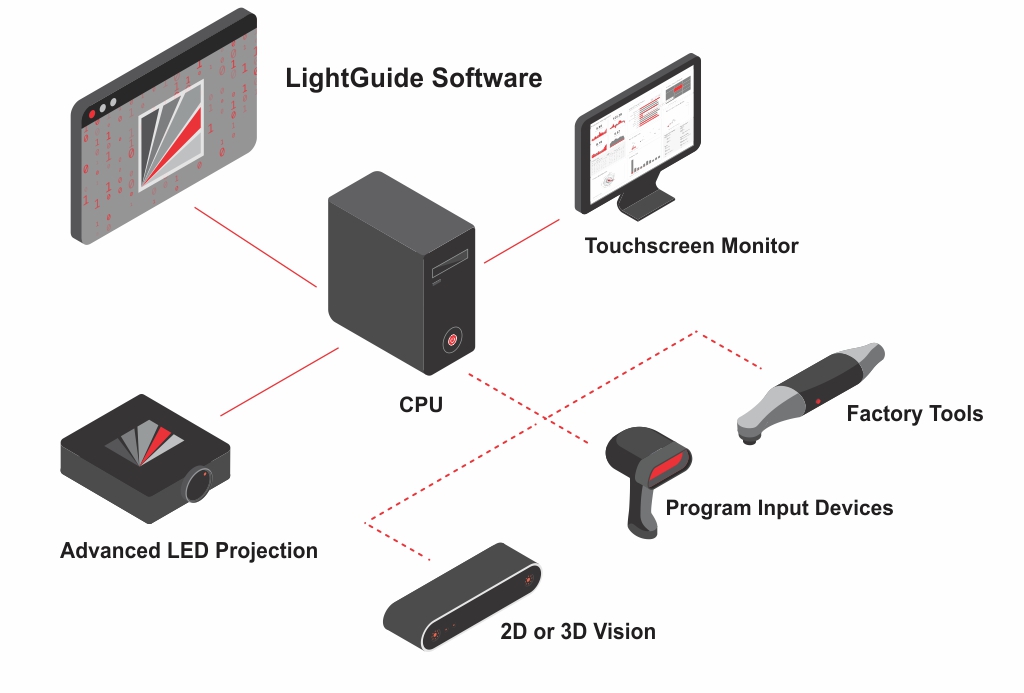Every installation would begin with a walkthrough of the workspace coupled with a detailed discussion with the client to pinpoint their specific pain points. Initially, we collaborated closely with the engineers to grasp their standard procedures and the intended outcomes for our AR integration. Subsequently, we engaged directly with the operators to unearth deviations from these procedures and gather tribal knowledge not documented in the official guidelines. This comprehensive approach ensured a holistic understanding of the existing workflows.
After gathering all necessary insights, we began programming a preliminary version of the work instruction flow. A significant challenge at this stage was the translation of flat paper instructions onto 3D components, particularly when instructions needed to be displayed on vertical or unconventional surfaces like the Z-direction such as tracing the fuel lines through a channel and along the side of the fuel tank. In this particular installation we employed a new technique to indicate downward placement of the line into a channel through the shrinking of a graphic in one direction, mimicking the visual an object getting slightly smaller as the distance from the eye increases.
Another common complexity encountered in this installation involved timing the display of instructions precisely when needed—neither too early nor too late. We tackled the timing issues through innovative programming solutions that utilized depth sensors, timing algorithms, or manual triggers by the operator, ensuring instructions were intuitive and contextually relevant.

Following the initial programming phase, we iterated on the instructions by rigorously testing them with operators to identify and eliminate inefficiencies. Common issues included operator confusion due to unclear instructions, inappropriate pacing of step progressions, and inadequate error-proofing measures. Every solution was crafted not only with the end-user in mind but with them actively participating alongside me, enhancing the usability and effectiveness of the final product. This user-centric approach not only tailored the experience to the specific needs of the operators but also enhanced overall system usability and effectiveness. Below is a snippet of the cycle, here is a link to the full video.